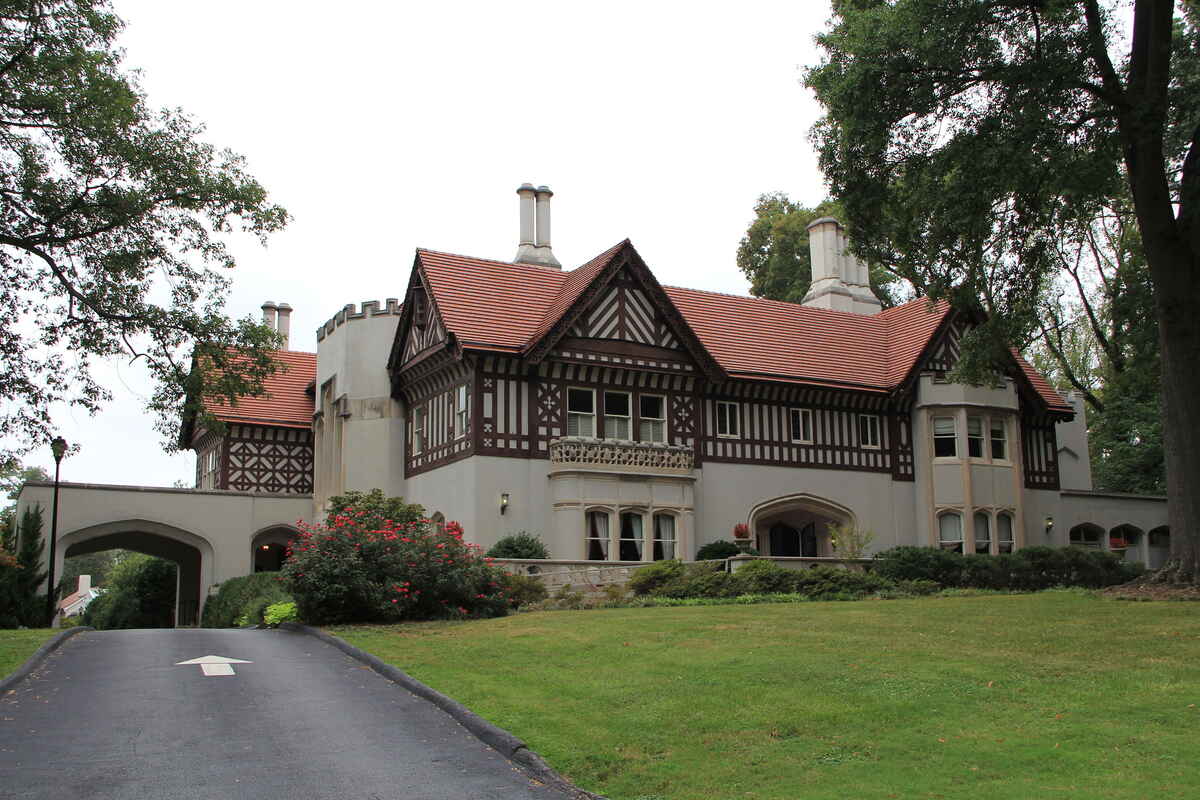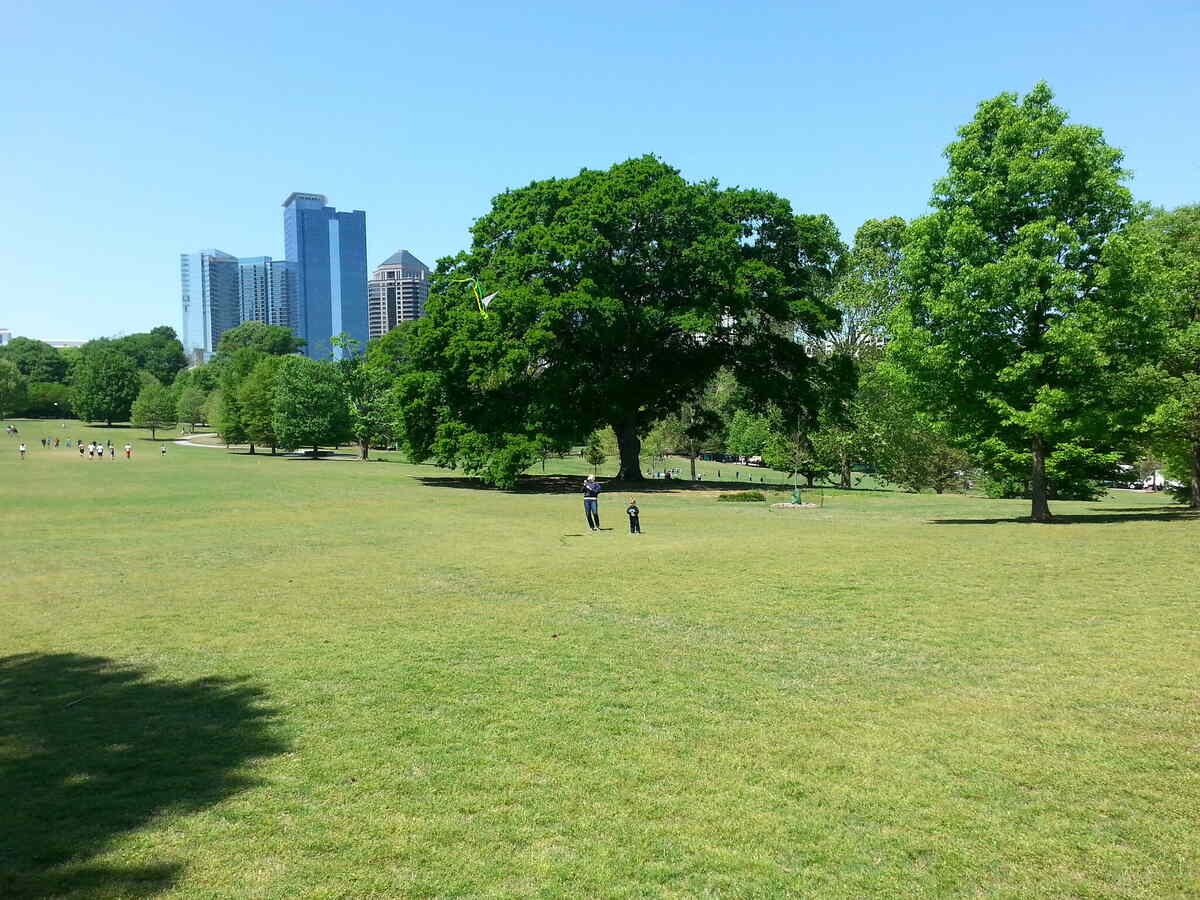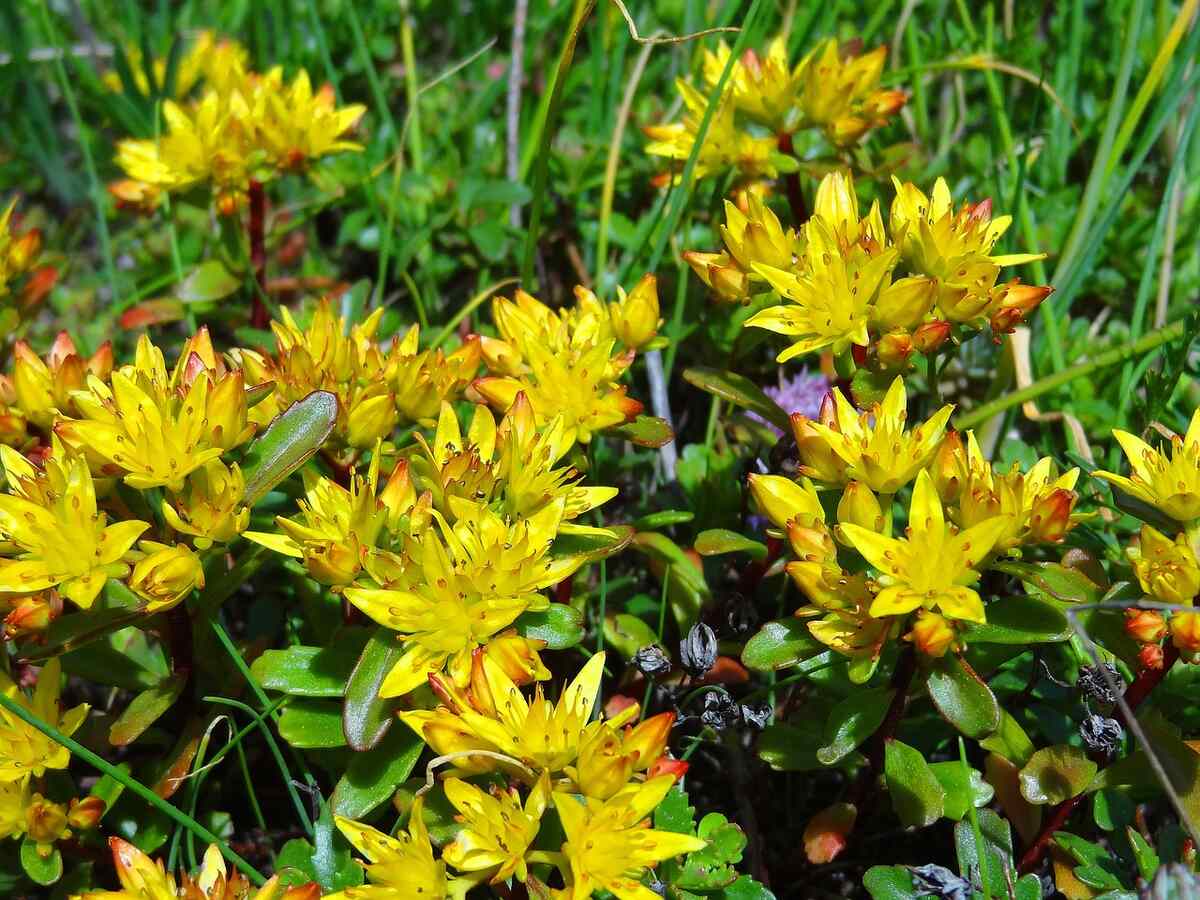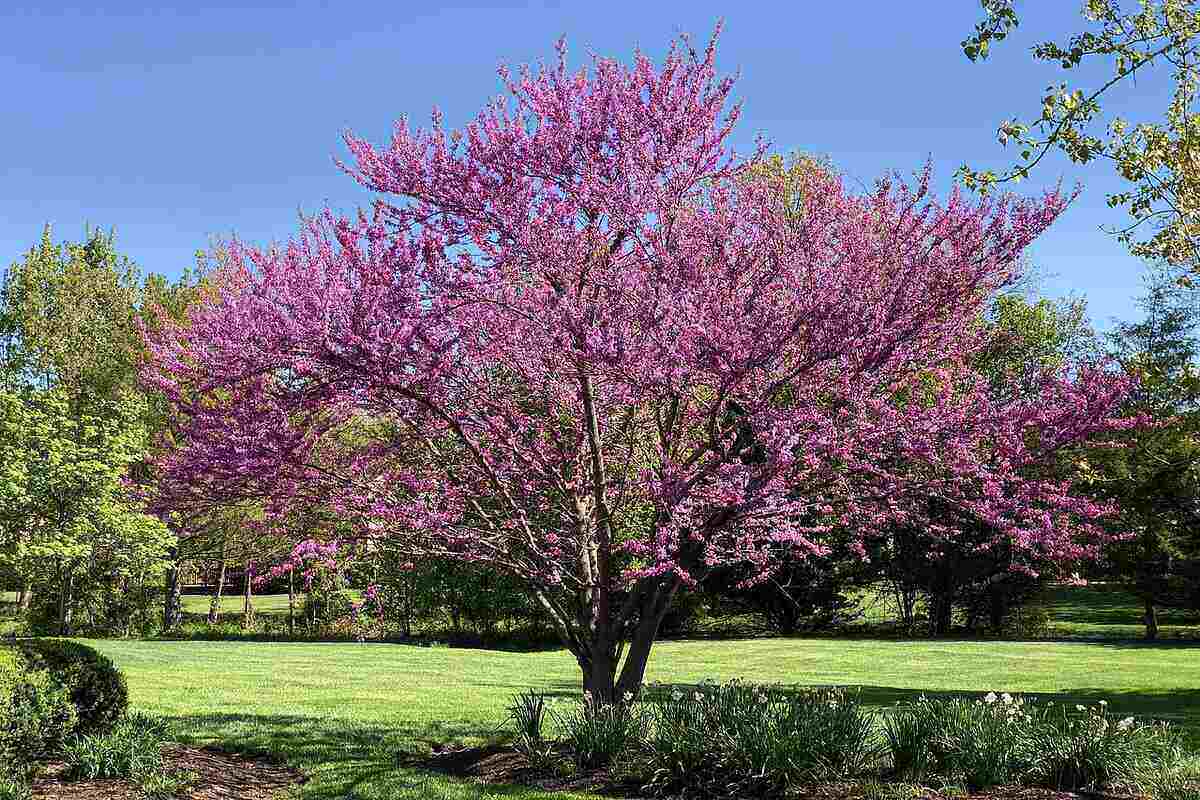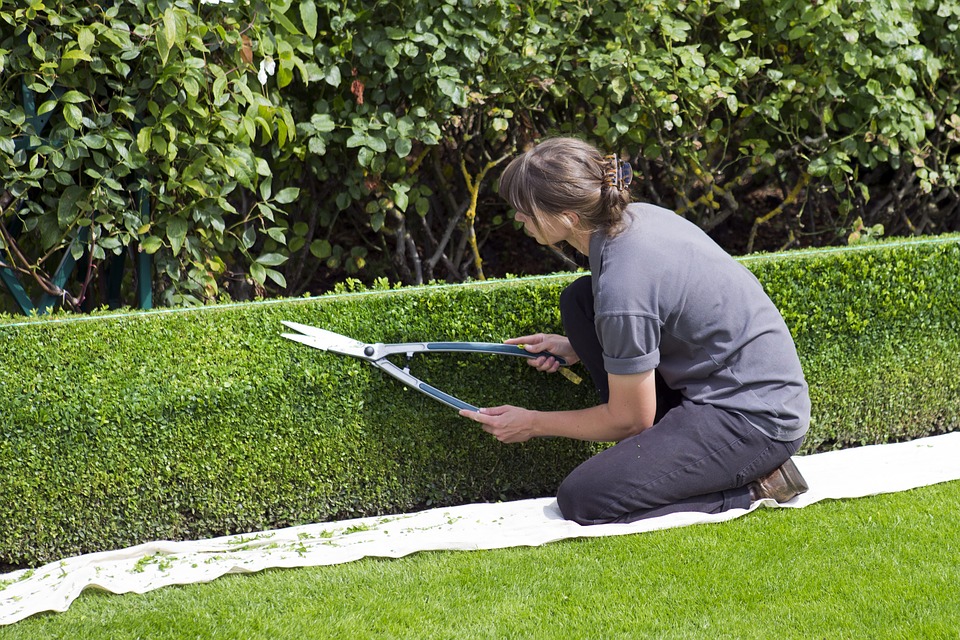
You’ve mowed your lawn, planted flowers, and cleaned up the patio. Yet, somehow your yard still looks a little scrappy. The bushes and shrubs are growing in different directions, hiding your beautiful landscape. Time to get out the pruning shears. Trimming shrubs around your Atlanta home is easy to do, but it can be quite intimidating at first. Proper pruning of your shrubs will open up the yard and encourage your plants to grow. Here are some tips for creating a beautiful framework around your home.
Choose Your Tools
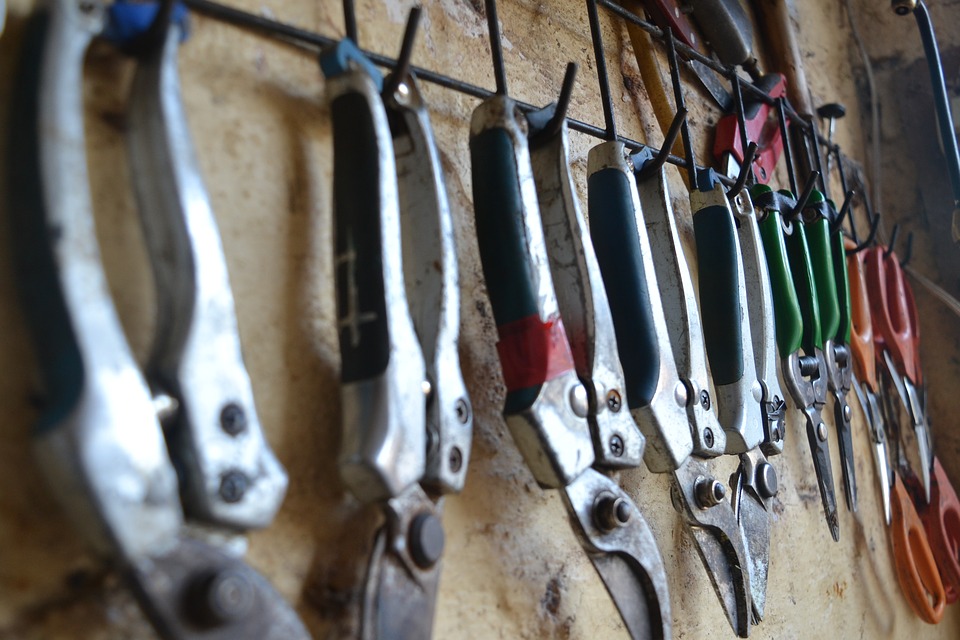
The right tools will make proper pruning a piece of cake. You probably own handheld pruning shears that are good for tackling those easy-to-reach shrubs. Pruning loppers are another option for reaching the taller hedges or those that thick ones where it’s tough to reach the middle. Manual and powered hedge shears will also help tackle the big jobs. You may need a pruning saw to cut through those larger branches. Whatever kind of tool you use, make sure it’s sharp enough to make clean cuts, so it doesn’t damage the plant. You should also clean the tools after pruning to prevent spreading diseases to other shrubs. Just soak the blades in a tub of water and add a tablespoon of bleach. Make sure you dry the tools to prevent rust.
The Proper Angle
Proper pruning of shrubs means knowing the angle to cut. A general rule of thumb is to cut at a 45-degree angle to stimulate proper growth. The plant will try to heal the cut area and continue to grow. Cutting at an angle larger than 45 degrees take longer to heal and can invite disease. Remember that new shoots will grow in the direction of the cut so always face your angle point toward the outer edge of the shrub.
Time It Right
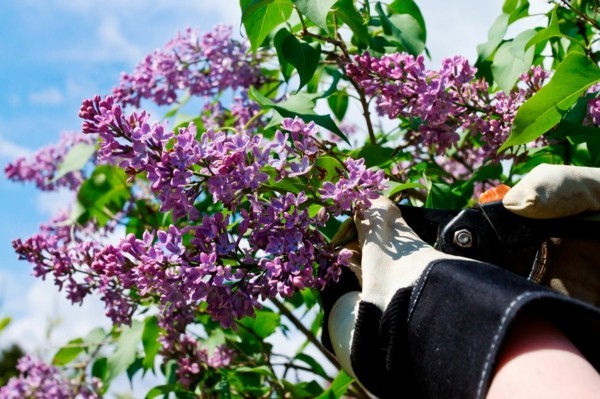
Prune shrubs that produce new flowers (like lilac bushes) in late winter. You’ll be amazed at the flowers they’ll produce in the spring and summer. Some bushes respond best if you prune them right after the flowers have turned brown. This gives the plant enough time to heal itself before winter sets in.
Do NOT prune in the fall. This would only encourage new growth just as the plant is trying to go dormant for the winter. Avoid pruning when the plant is wet. This will encourage disease.
Know Where to Cut
Pruning back a shrub you love can be quite nerve-wracking. But, if you know where to cut the branch, you don’t have to worry about damaging the growth of the plant. Prune away any branches that aren’t doing well, or those that are crowding the rest of the shrub. Find a bloom that is facing the direction that you want the new growth to go and make a cut just above the bud. Leave no more than ¼ of an inch above the bud to help stimulate growth. Cutting too high will create dead ends of the branches while cutting too low may harm the growth and health of the bud.
Different Techniques
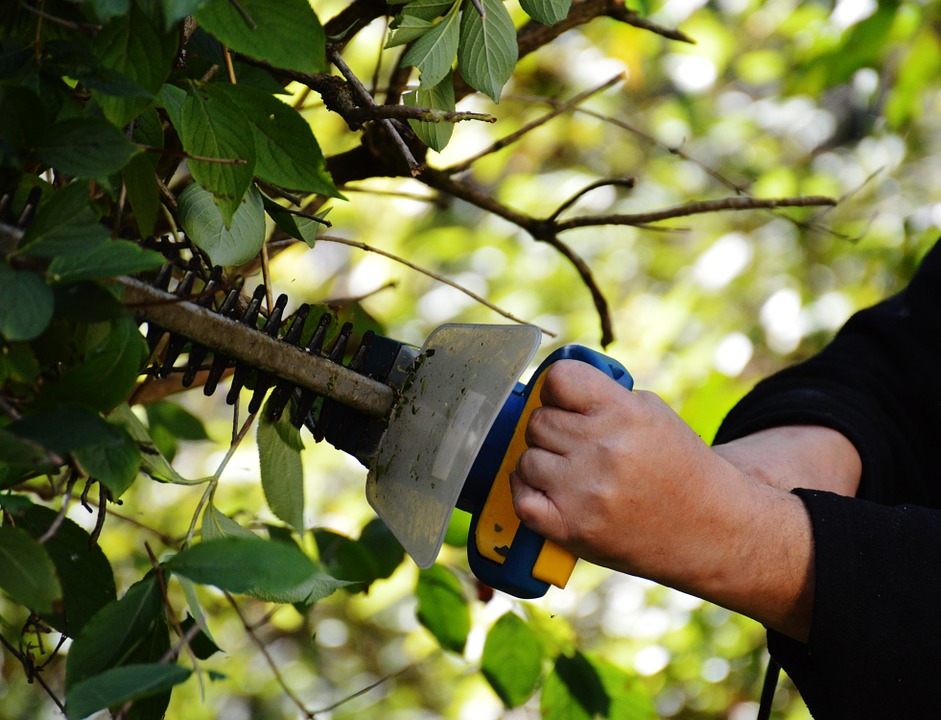
A light pruning is healthy for a plant and can be quite beneficial. Thinning is a technique used to help cut down the girth of a plant that has become too crowded. Shaping is a common technique used to help even out the overall shape of a shrub or bush. (Think topiaries.) Cutting only the shorter side of a lopsided plant will help focus attention to that side, and will encourage it to grow and match the healthy side.
Proper pruning of shrubs can be tricky, especially if you’re trying to create that even look. If you have tall shrubs that require a ladder or they’re near power lines, you may want to leave the job to a professional landscaper. Start by practicing on the smaller bushes to see if you’re happy with the outcome. Once you spend some time pruning, you’ll get the hang of it in no time.
